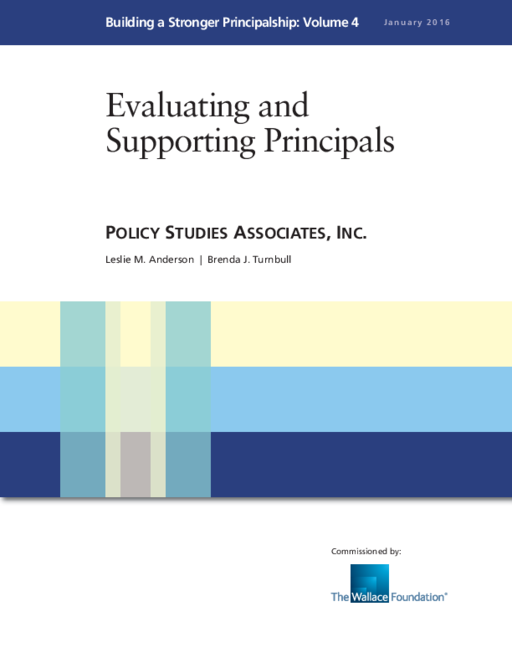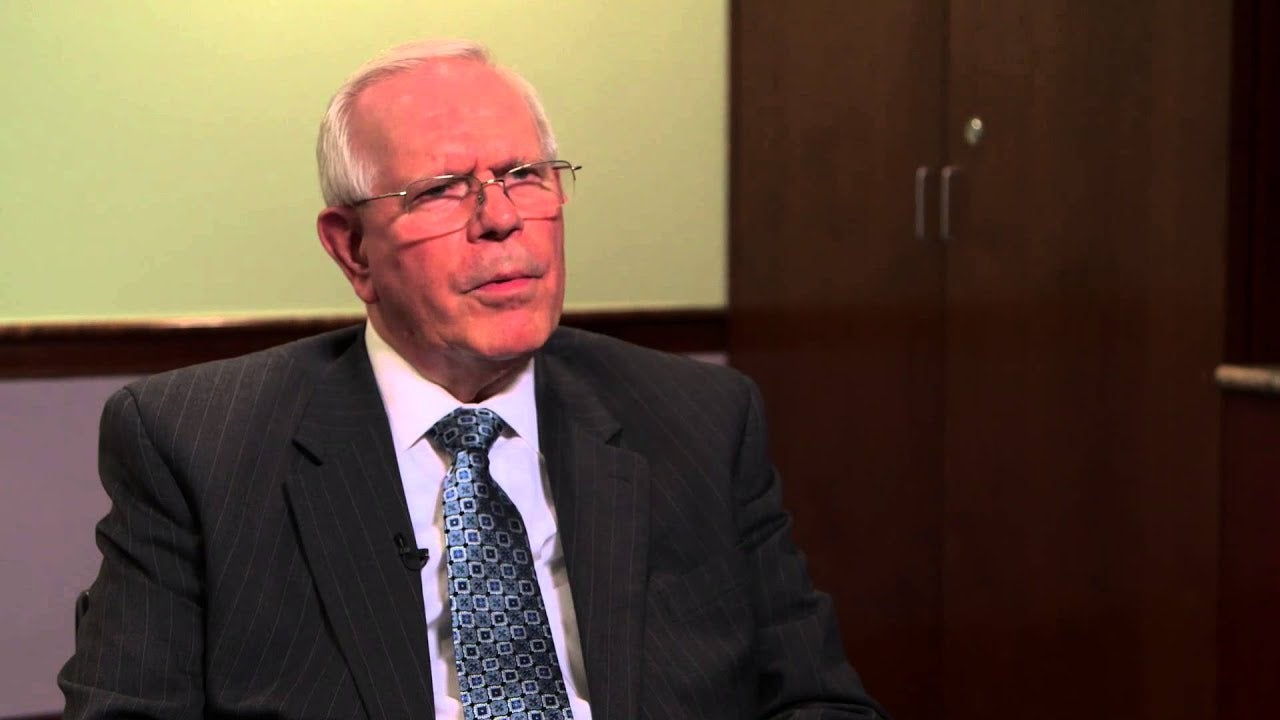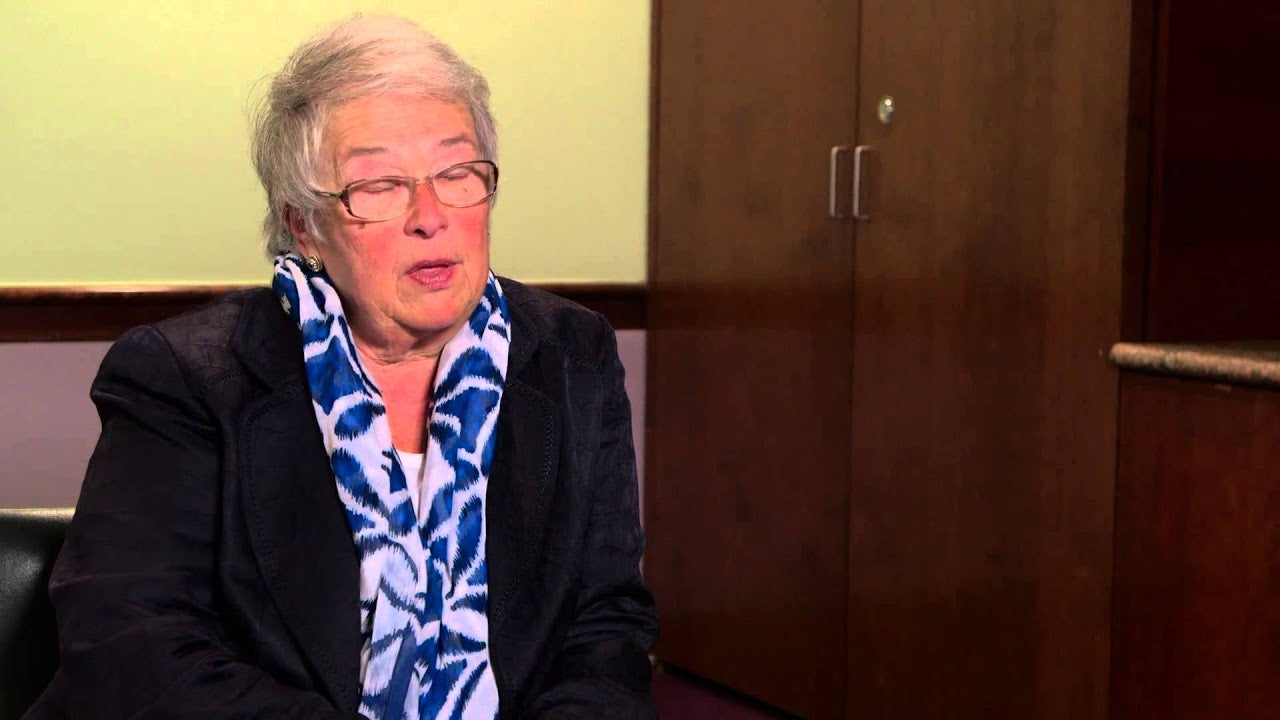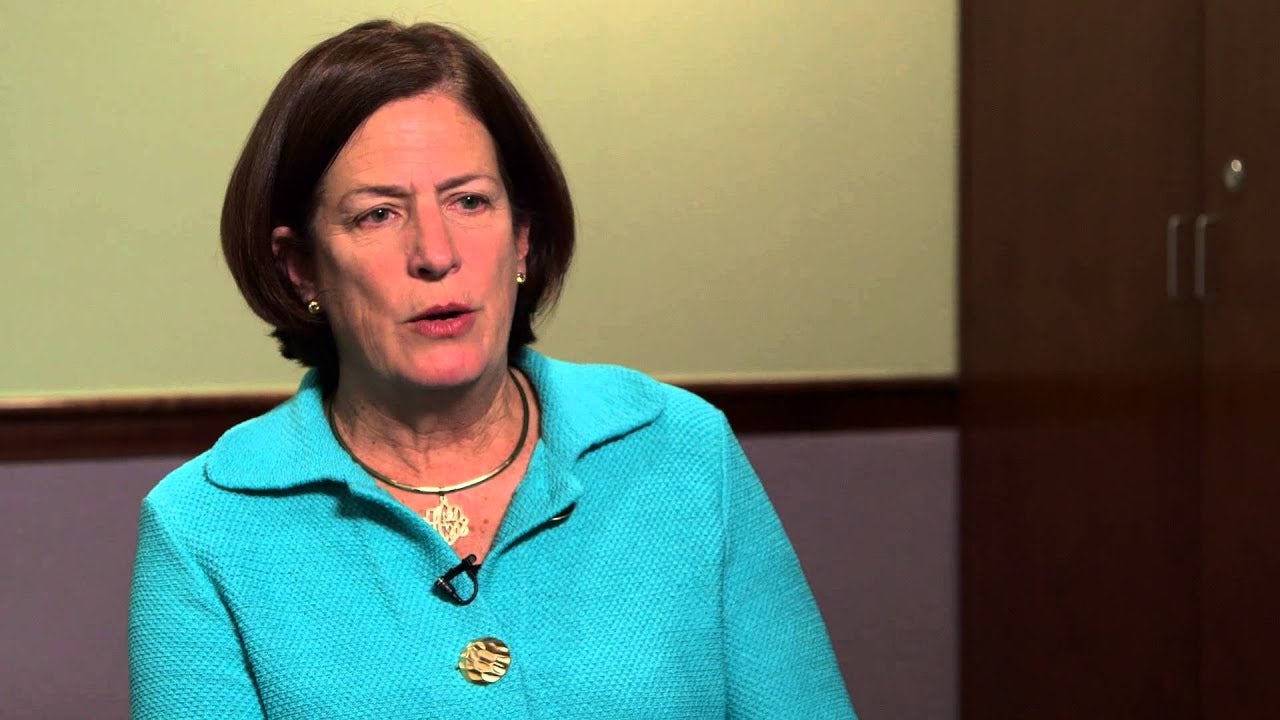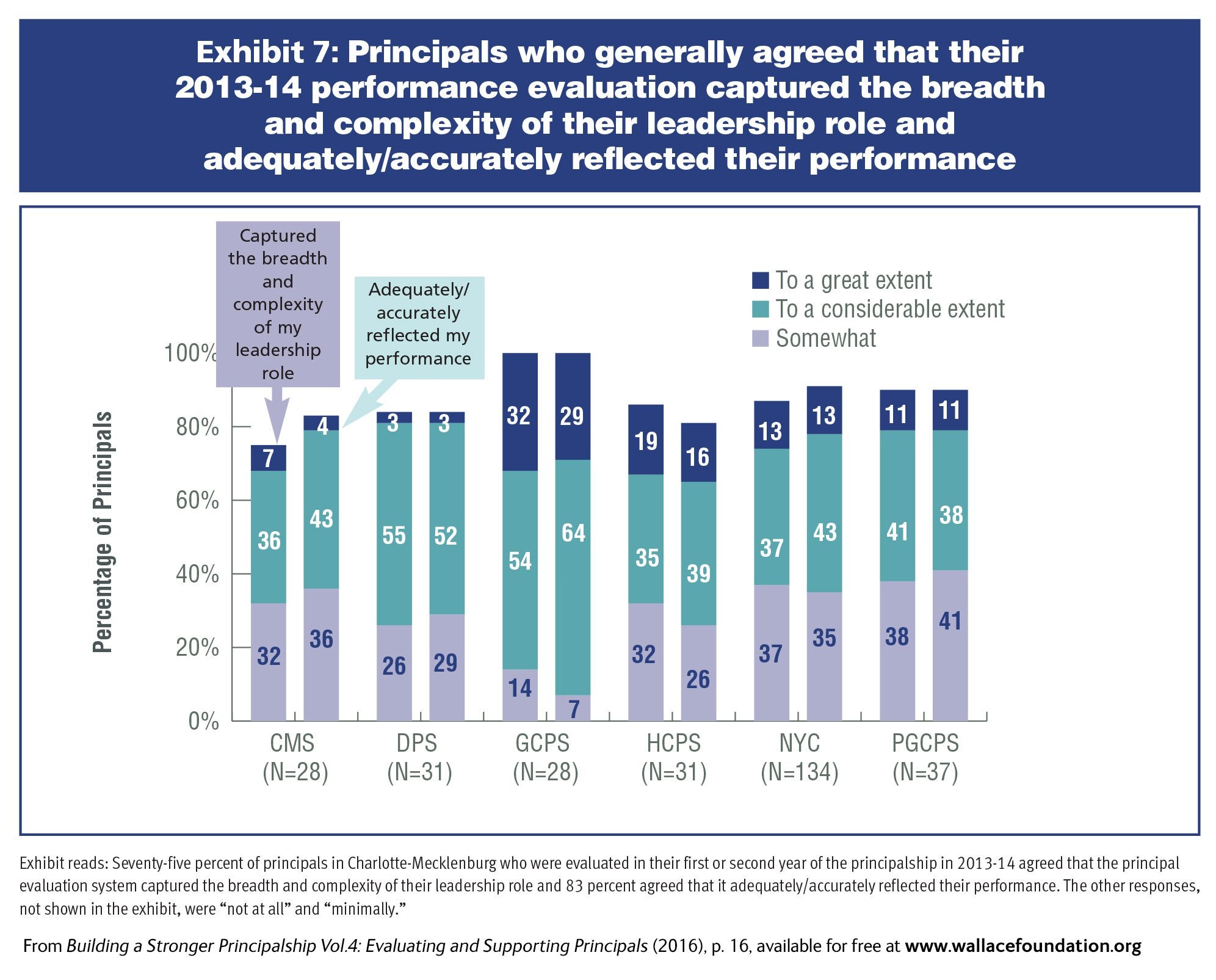
Breadcrumb
- Wallace
- Reports
- Building A Stronger Principalshi...
Building a Stronger Principalship, Vol. 4
Evaluating and Supporting Principals

Overview
More
Less
- Author(s)
- Leslie M Anderson and Brenda J. Turnbull
- Publisher(s)
- Policy Studies Associates, Inc.
Summary
How can school districts turn the performance evaluation of a new principal into a meaningful exercise? And how can they help novices grow into their difficult and complex jobs?
The answers to those questions are related, this report suggests.
It looks at how six large districts rethought both evaluation and support of novice principals. A major realization was that an evaluation could do more than assess current principal performance. It could help nurture better future performance. So, evaluations needed to be based on what districts expected of principals, as described in district leader standards. And results of the assessments became a starting point for providing new principals with the targeted support they needed. Actions the districts took included:
- Using performance evaluation to help principals improve rather than to penalize them for shortcomings
- Emphasizing student achievement and sound principal work practices in the assessments
- Shifting the focus of the principal supervisor job away from compliance with regulations. Shifting it toward helping principals succeed as leaders who can guide a school to better instruction
- Encouraging regular conversations between principals and their supervisors.
The six districts did this work as part of their participation in Wallace's Principal Pipeline Initiative. This six-year effort was designed to test whether principal pipelines made up of four major parts could lead to a bigger, more effective principal corps and improved student achievement. Those components were:
- Setting rigorous standards for principal performance
- Training aspiring principals to meet these standards
- Using care to hire principals and match them to the schools
- Evaluating principals aptly and providing them the right on-the-job supports.
Most new principals agreed that districts' revamped evaluations reflected their performance and the scope of their jobs. They also had increasingly positive views of the support they were receiving from their supervisors.
The report also pointed to areas that could likely use more work. Some principals suggested that their supervisors needed to spend more time in schools. Some said they had yet to develop the level of trust they needed to discuss their weaknesses candidly. Principals also expressed limited satisfaction with the professional development they had received.

The evaluation rubric could be a navigation tool to help guide principals’ professional development and to structure the delivery of targeted support.
